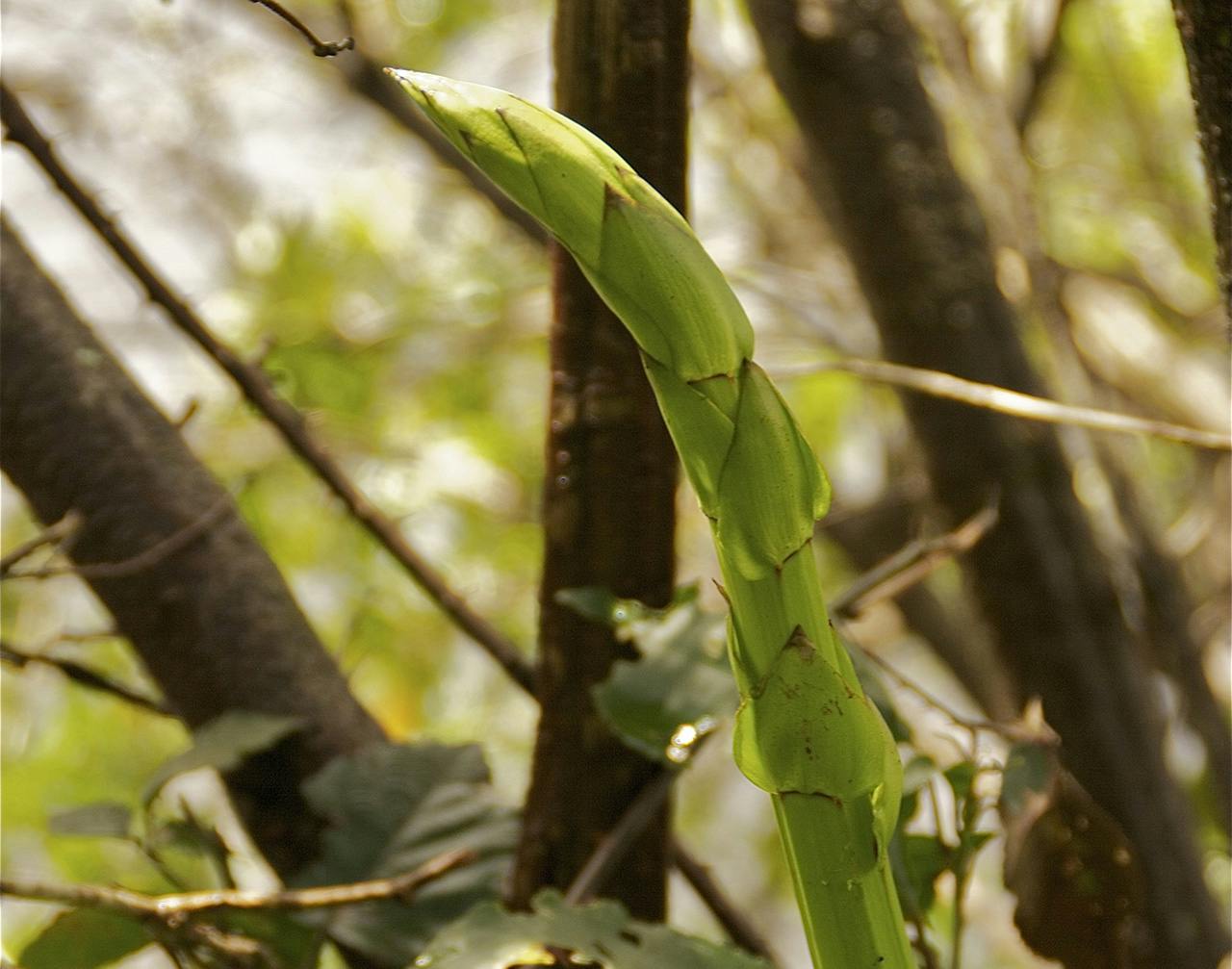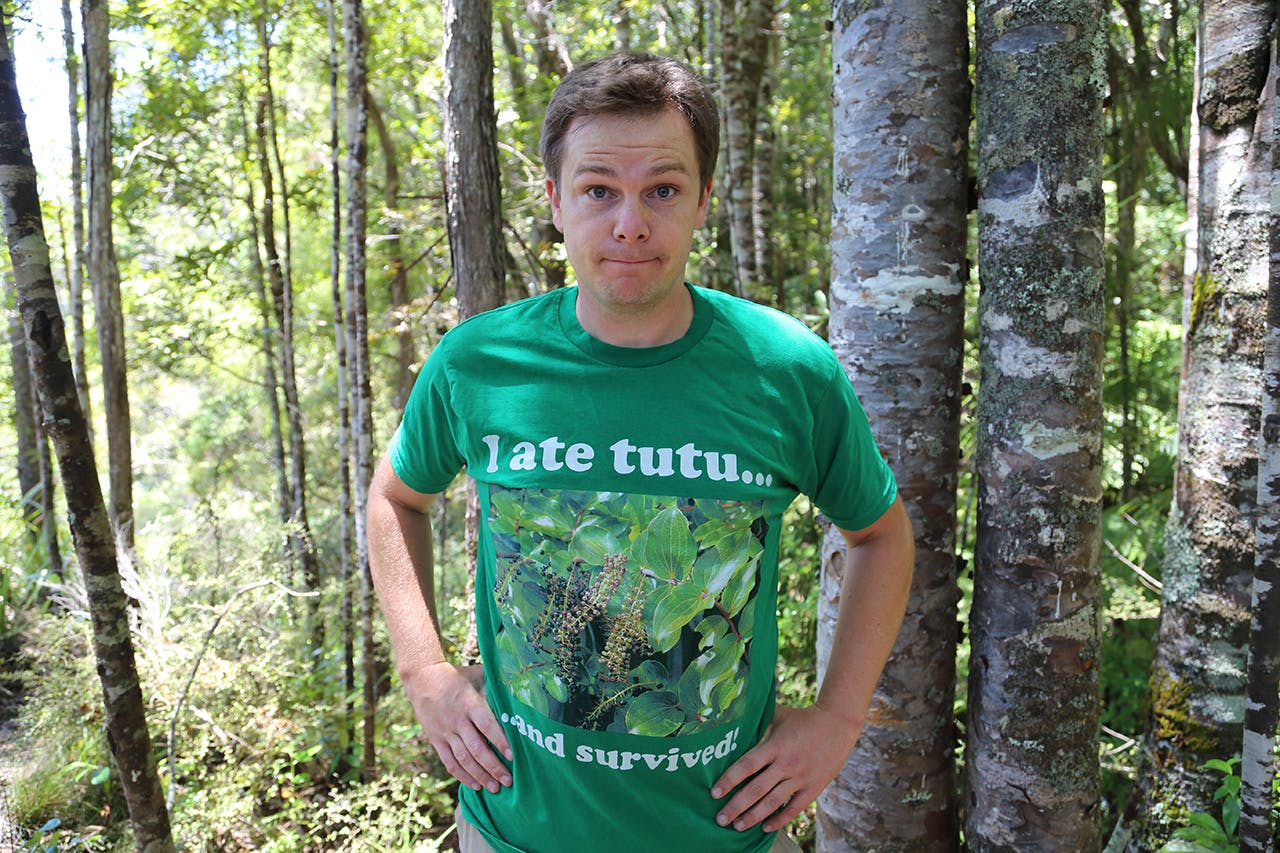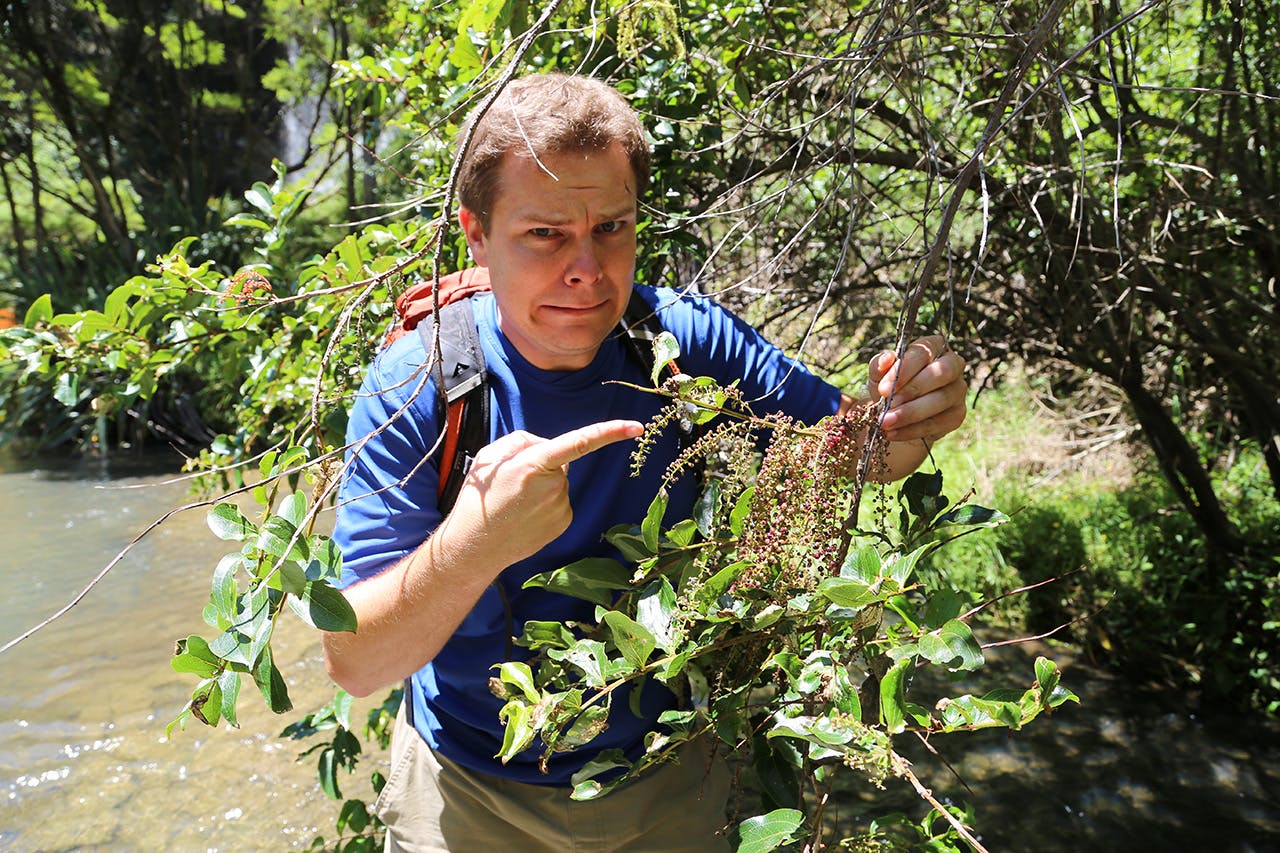Unlike our Antipodean neighbour, New Zealand has very little in the way of harmful flora and fauna. Yet Matthew Pike recalls brainlessly encountering the most harmful of all… and how it almost killed him
“Can you tell me what the date is?” asked the paramedic, as he helped me up from the bed. I couldn’t. I was fairly sure it was winter, but did that mean it was January or August? What hemisphere was I in?
“Can you tell me your name?” tried the paramedic again, as he sat me down in the ambulance. “Matt,” I replied. “That’s good,” he said. “You couldn’t tell us that a few minutes ago.”
I was aware enough by this stage to realise my memory loss was unusual, but this paled in comparison to the swathes of pain striking through my left arm. It was as close to unbearable as any pain I’d experienced. I couldn’t handle it. I couldn’t keep still. There was no way of sitting where it didn’t hurt.
“We need you to keep still Matt,” said the paramedic, sternly. ‘F*** you!’ I thought. ‘If you were in this much pain, you wouldn’t sit still either.’
“Where does it hurt?” asked the paramedic.
“My right side… no, my left side.”
Lauren, my partner, then noticed there was something strange about my left shoulder. It looked as if it had melted.
“His arm has come out of its socket,” said one of the paramedics, before giving me my first dose of morphine.
This is known as a ‘post seizure anterior dislocation’ and is not uncommon given my recent episode. Thank goodness for morphine and ‘happy gas’. Combined, they made the process of popping my arm back into place both enjoyable and hilarious.
I wasn’t entirely surprised to learn that I’d suffered a violent seizure. The symptoms had been building throughout the night and I’d feared it might happen while always hoping there was nothing seriously wrong.
It must have been the plant I’d eaten. But how could it be? It was only supplejack.
Thank goodness for morphine and ‘happy gas’. They made the process of popping my arm back into place both enjoyable and hilarious
I’d recently been told that new shoots of supplejack taste delicious and are often known as ‘New Zealand asparagus’ because they look rather like large shoots of asparagus before they reach their adult vine form.
On a trip to Mokora Falls, in the Waitakere Ranges, I spied what looked like giant asparagus shoots. ‘Aha – this must be it,’ I thought, snapping one of the shoots near the base. I carried it home and looked for pictures of new supplejack shoots on the internet for comparison. Photos were few and far between, but there were a couple, and both I and a housemate agreed that they were of the same plant I’d carried home.
I took a bite out of the plant. It was revolting. The flavour was both sharp and bitter. I spat it out and rinsed my mouth with water.

A tutu shoot – not too dissimilar in appearance to a supplejack shoot or freshly sprouted asparagus/ Photo: Steve Attwood
To most sane people, that would have been the warning sign. But rather than assume I had the wrong plant, I somewhat foolishly decided it might taste better cooked.
I cut the plant into pieces and boiled it with carrots and broccoli to go with my dinner.
But cooking the plant hadn’t helped at all. It was still revolting and I spat it out. I threw the pieces of plant away. I did, however, eat the carrots and broccoli with which I’d cooked the plant.
It wasn’t until several weeks later that I received confirmation of my mistake when I received an email from Auckland Museum showing a newly sprouting plant that looked rather like large asparagus.
It looked similar to the images of supplejack that I had seen earlier, but not identical. Unfortunately, it did look identical to the plant that I’d eaten. The photo was of a newly sprouting tutu plant. I hadn’t heard of tutu before, but was soon to realise I’d bitten off far more than I could chew.
“I regard tutu as the most toxic plant in New Zealand,” says herbarian manager for Landcare Research, Ines Schöenberger.
I’m told I’m not alone in having made this mistake but, depressingly, almost everyone who has done likewise has been either a cow or a sheep
She told me that in Henry Connor’s book Plants that poison – a New Zealand Guide, Connor describes tutu as ‘the classic poison plant’.
“The species you encountered was most probably coriaria arborea because this is the most common species of tutu and it’s easy to see how a young shoot could be mistaken for supplejack,” Schöenberger says.
I’m told I’m not alone in having made this mistake but, depressingly, almost everyone who has done likewise has been either a cow or a sheep. The plant immediately became a nightmare for early farmers once they began grazing livestock here. In fact, Captain Cook himself lost some of his beasts to the dreaded plant. Cattle are particularly susceptible to having a nibble and there have been cases when farmers reported losing up to 75 per cent of their herd from eating tutu.
Amazingly, there have been two reports of circus elephants keeling over and dropping dead after engaging in a fatal snack. Two more elephants in the 1960s had their tutu meals rudely interrupted by their owner when he discovered what they were munching. Both had seizures but were injected with barbiturates and survived.
Tutu is a shrub found across New Zealand on the margins of coastal and mountain forests and in grassland and shrubland. It can grow up to six-metres high.
In Plants that poison, Connor describes rather soberingly the effects of tutin – the toxin in the tutu plant: ‘Tutin acts on the central nervous system leading to excitement, epileptiform convulsions, exhaustion, and a comatose state; death may occur during the convulsions. Breathing is usually affected, and defecation and micturition (passing urine) are more frequent. Mucous membranes and lungs may be congested.

A severe seizure, a dislocated shoulder and a night in hospital – Matt’s tutu experience nearly killed him
‘Tutu poisonings may give rise to the additional symptoms of vomiting, incapacity for work, and loss of memory.’
I was clearly very fortunate. DOC plant scientist Peter De Lange wrote of my case on a web forum: “He is very lucky. He should write up his story, take a basic botany course and also buy a Lotto ticket.”
“Young shoots of tutu are most poisonous of all,” explains Schöenberger. “They contain more tutin than older shoots and they do look like new supplejack shoots so it’s something people should be aware of.”
Two hours after eating my dinner that fateful evening, I was feeling drowsy and a little bit sick. Lauren was working a late shift and I normally stay awake until she gets back. But this evening, all I wanted to do was sleep. Only I couldn’t. Each time I was about to doze off, my body jolted. The jolts were numerous and felt like an electric shock.
After two more hours I managed to fall asleep but awoke abruptly feeling as though I’d been screaming. There was a strange residue on my pillow, similar to vomit but in a smaller quantity.
I knew something was wrong. I knew I’d been poisoned. But I didn’t quite know what was happening or whether it was serious. When Lauren arrived home, I explained what I’d done and what was happening.
She stayed awake and watched as I tried to sleep but I continued to jolt as I drifted. The jolts gradually died away.
We both awoke shortly before 5am, probably because of another jolt, and we agreed I needed to see the doctor later that morning. At that moment, I experienced two enormous jolts before blacking out.
The next hour was infinitely more distressing for Lauren and my housemates than for me. I was unconscious and therefore, unaware of the panic.
My violent seizure started as a series of jerks and finished with every muscle in my body being stretched to the point of snapping. My shoulder was ripped from its socket. Poor Lauren witnessed my eyes roll back, my lips turn blue and my mouth froth, seriously hampering my breathing. Within moments, three bleary-eyed housemates had joined the commotion.
For a while, Lauren thought I was dead. Then for a while longer, she feared my brain may be permanently damaged, as although I regained consciousness, I couldn’t tell anyone who or where I was.
That’s when the ambulance arrived.
Tutu has historically been a menace. Maori used to treat poisonings by holding the patient upside down over a fire and feeding them repulsive fluid so they vomited the poison.
Tutu berries are the only part of the plant that isn’t poisonous, but the seeds inside are. Early settlers would make tutu beer and pie from the berries, but a lot of care was needed to separate berry juice from the seeds – a task not always successfully carried out, as some parties discovered to their detriment.
More recently, tutin has been a menace to beekeepers who now constantly check samples of their honey to ensure it doesn’t contain the toxin. When normal honeydew sources are depleted, bees may take honeydew secreted onto tutu leaves by an insect called the passion-vine hopper, which has sucked toxic sap from the plant.
The most recent outbreak of tutin-infected honey took place in the Coromandel in 2008 when 22 people fell ill, including school principal Vaughan van Rensburg. He, and his mother- and father-in-law, suffered the effects of tutin poisoning to differing degrees.
“My father-in-law was a wee bit sick – a little under the weather,” says van Rensburg, who now runs Chapel Downs Primary School in Auckland. “But my mother-in-law got really sick. She had memory loss and was burbling rubbish. We were worried she was losing her marbles.”

Thanks to jibes by friends and family, Matt will never live down his tutu experience. Photo: Alistair Hall
Before visiting her in Thames hospital with the family, van Rensburg put a big dollop of the offending honey on his toast, not realising this was the culprit. He drove the family to see her and, after a while, left to supervise his three-year-old son in the playground, where he collapsed.
“From what I can remember I felt fine until I collapsed,” he recalls. “Somehow, people got me to hospital and I managed to mumble who I was.” Van Rensburg was now lying in a hospital bed downstairs from his mother-in-law. In hospital, he had a violent seizure, falling out of bed, and was rushed to Hamilton hospital.
“It was terrible for my wife travelling between Thames and Hamilton not knowing what’s happened to her mother or me,” explains van Rensburg. “We both had different reactions; there was no link at this stage and my wife thought her world was falling apart.
“It was only after we both returned home that a nurse in Thames hospital heard about the case and put it all together. It was such a relief to get that link.”
Van Rensburg continued to feel sluggish for a couple of weeks, but luckily there have been no long term effects on him or his in-laws. “The thing that worried me was if a kid had had the same amount of honey as me – you start thinking what may have happened to them. That was the scary thing.”
Van Rensburg’s case was one of misfortune – mine was one of stupidity. But it does highlight that, even in an environment with flora and fauna as safe as New Zealand’s, there is a plant that can be deadly if consumed even in small doses.
My incident has led to plenty of jibes from friends and family ironically likening me to Bear Grylls and designing a T-shirt for me that says ‘I ate tutu… and survived’. For all the mistakes I’ve made in life (and there have been a few) I’ve never made one with such potentially disastrous consequences, so I’ll happily put up with the jibes and a weakened left arm compared to what might have been.








